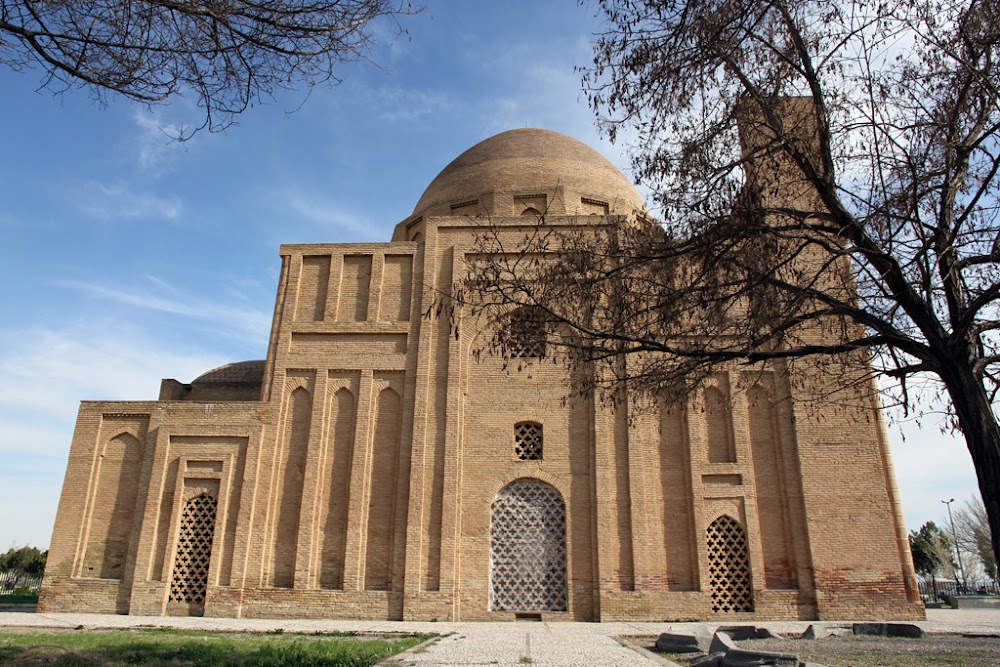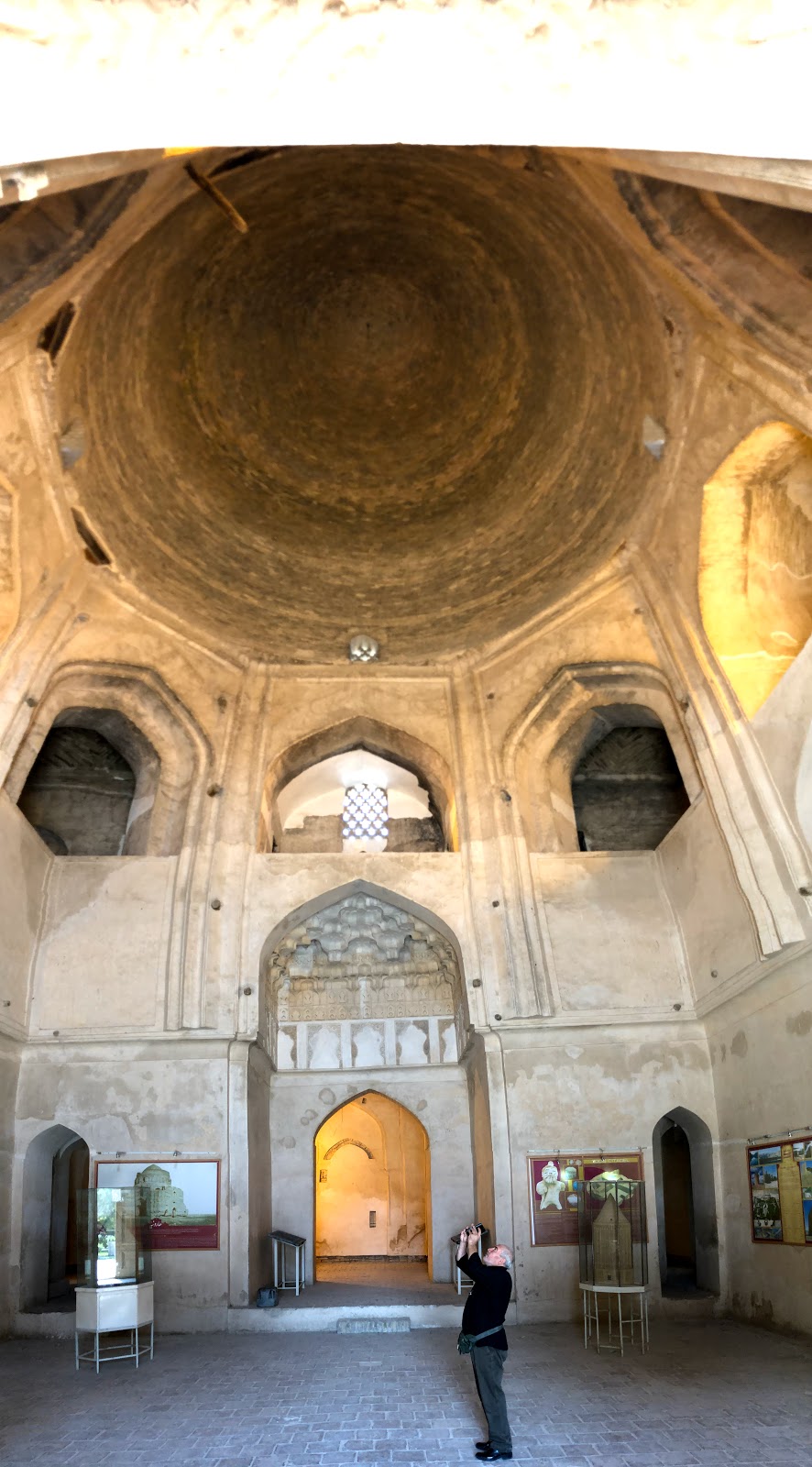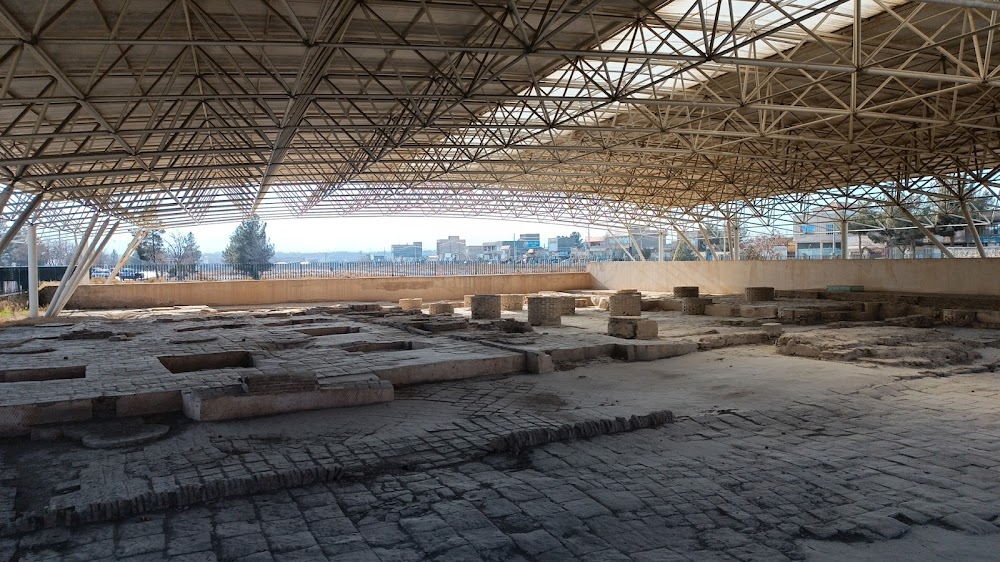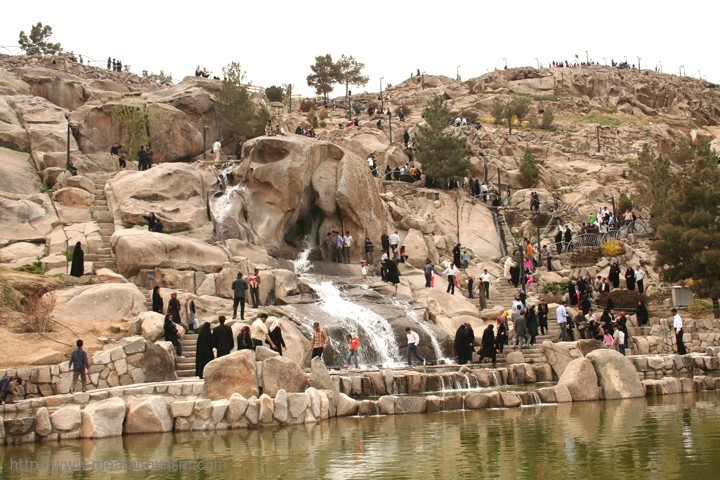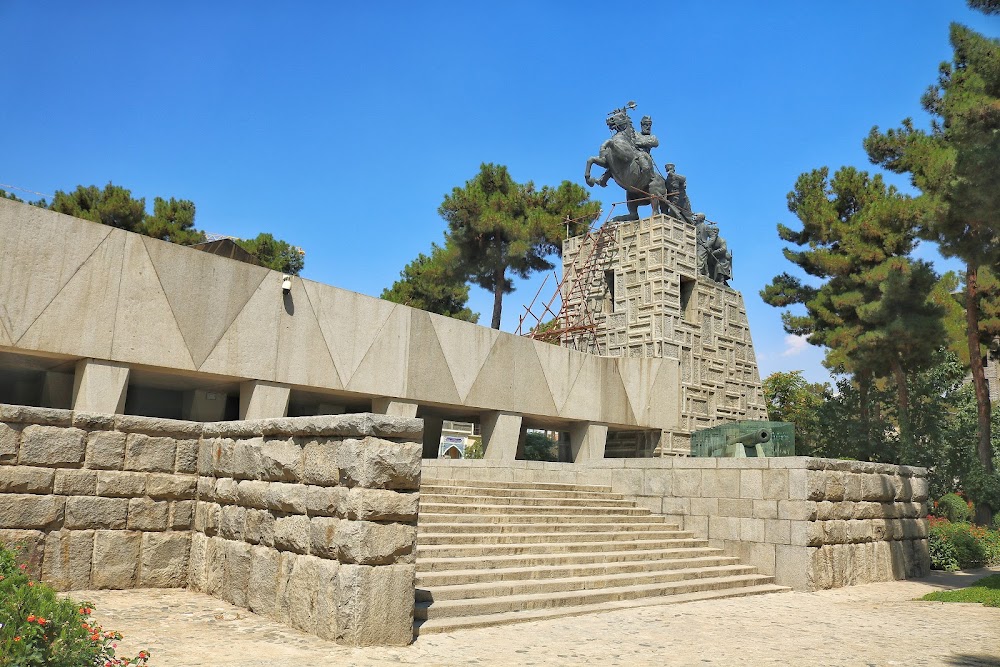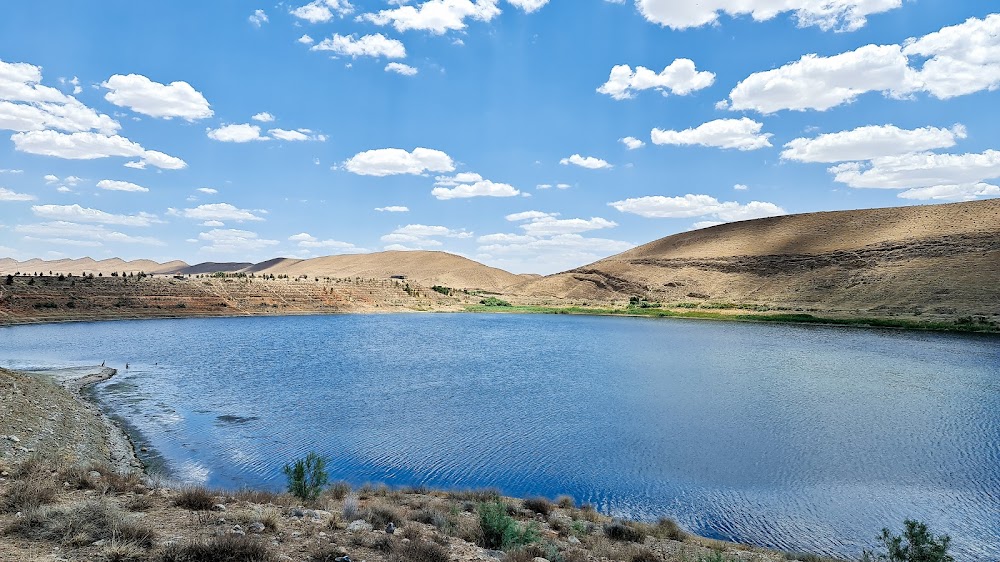Haruniyeh Dome (گنبد هارونیه)
Overview
The Haruniyeh Dome, nestled in the scenic Razavi Khorasan province of Iran, stands as a captivating historical monument that enchants both locals and visitors. This architectural wonder, deeply rooted in the medieval Persian dynasty, showcases the magnificent artistry of the Seljuk era. Dating back to the 14th century, the dome encapsulates centuries of rich history within its resilient walls, inviting exploration and admiration.
The origins of the Haruniyeh Dome are steeped in a blend of history and myth. Constructed during the reign of the Ilkhanate, a Mongol dynasty that ruled over Persia, its initial purpose remains a topic of intriguing debate. Some historians propose that it served as a mausoleum, while others suggest it functioned as a Sufi khanqah—a spiritual retreat. This latter theory is bolstered by its proximity to the tomb of Imam Mohammad Ghazali, a renowned Islamic philosopher and theologian. Furthermore, there are whispers that it may have also functioned as a madrasah, an Islamic school, adding to its historical allure.
The dome's construction primarily features brick, setting it apart with its unique design and robust architecture. The structure embodies quintessential Persian elements, adorned with intricate geometric patterns and decorative brickwork that grace its facade. Despite the relentless passage of time and the elements, the Haruniyeh Dome has preserved much of its original charm and grandeur. The detailed brick designs reflect the advanced knowledge of geometry and craftsmanship that characterized this remarkable era.
A striking feature of the dome is its massive double-layered dome, which not only enhances its visual appeal but also serves a practical purpose. This innovative design provides insulation, ensuring a cool interior during scorching summers and warmth in the frigid winters. The precision with which the dome is constructed stands as a testament to the engineering prowess of the time, especially considering the limited technological resources available.
Inside, the expansive empty space of the dome evokes a sense of awe and mystery. The absence of elaborate decorations or inscriptions lends an almost spiritual aura to the interior, a stark contrast to the ornate exterior. This simplicity may reflect the Sufi values of inner purity and asceticism, inviting visitors to contemplate deeper meanings.
The Haruniyeh Dome has been the focus of numerous restoration efforts aimed at preserving its structural integrity and aesthetic allure. Local artisans and architects have meticulously worked to restore damaged sections, matching new bricks to the original ones with great care. These dedicated efforts ensure that the monument stands as a living testament to the genius of Persian architecture.
Surrounding the dome is an equally enchanting landscape, characterized by lush greenery and towering trees that create a tranquil ambiance. Many visitors find solace in the surrounding gardens, taking moments to reflect on the historical and spiritual significance of this remarkable structure.
Today, the Haruniyeh Dome serves as a vibrant reminder of Iran's rich cultural and historical heritage. It attracts scholars, historians, and curious travelers eager to uncover its mysteries and marvel at its architectural beauty. More than just a glimpse into the past, the dome continues to inspire wonder and reverence, leaving an indelible mark on the hearts of those who visit.


